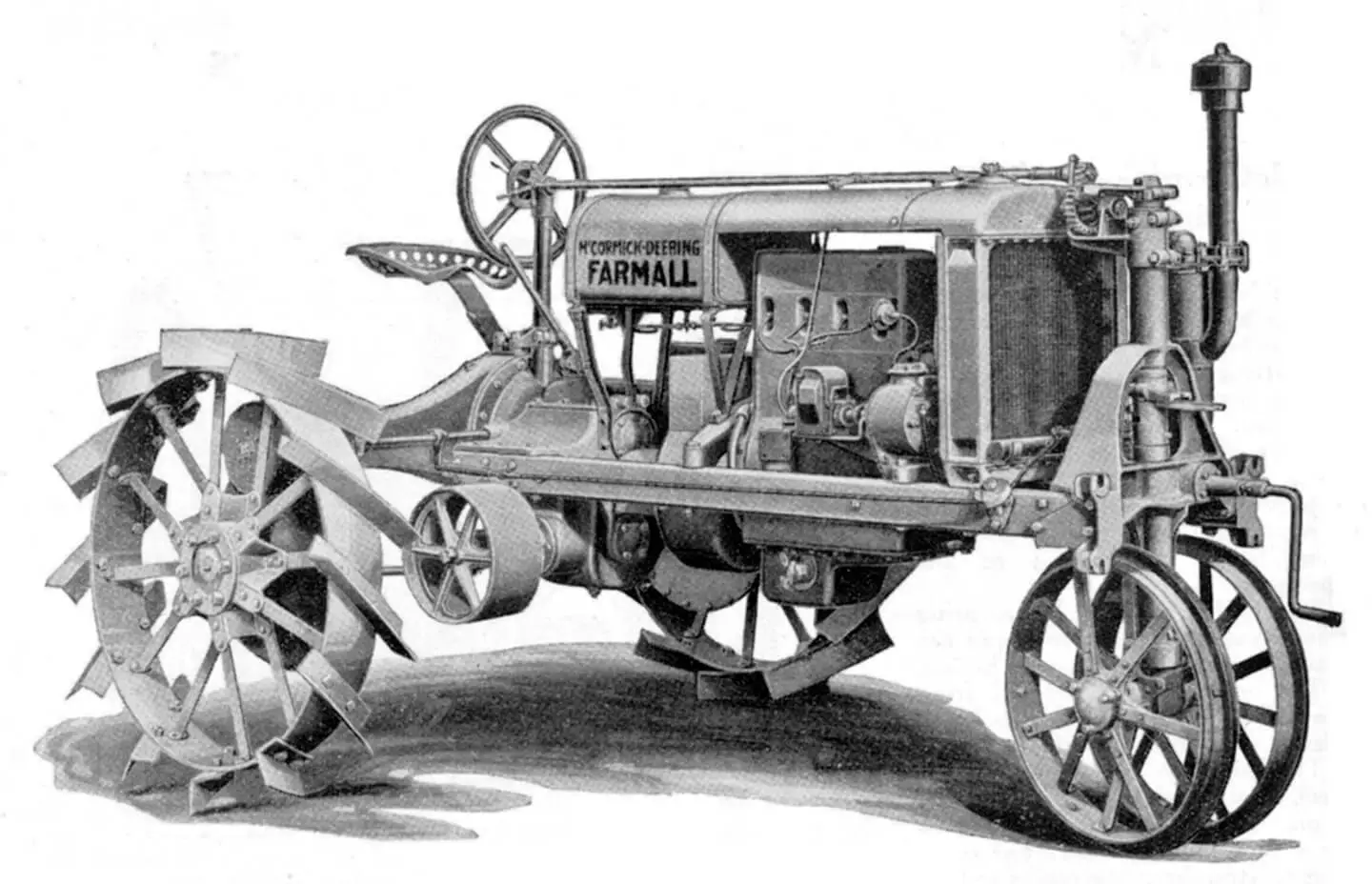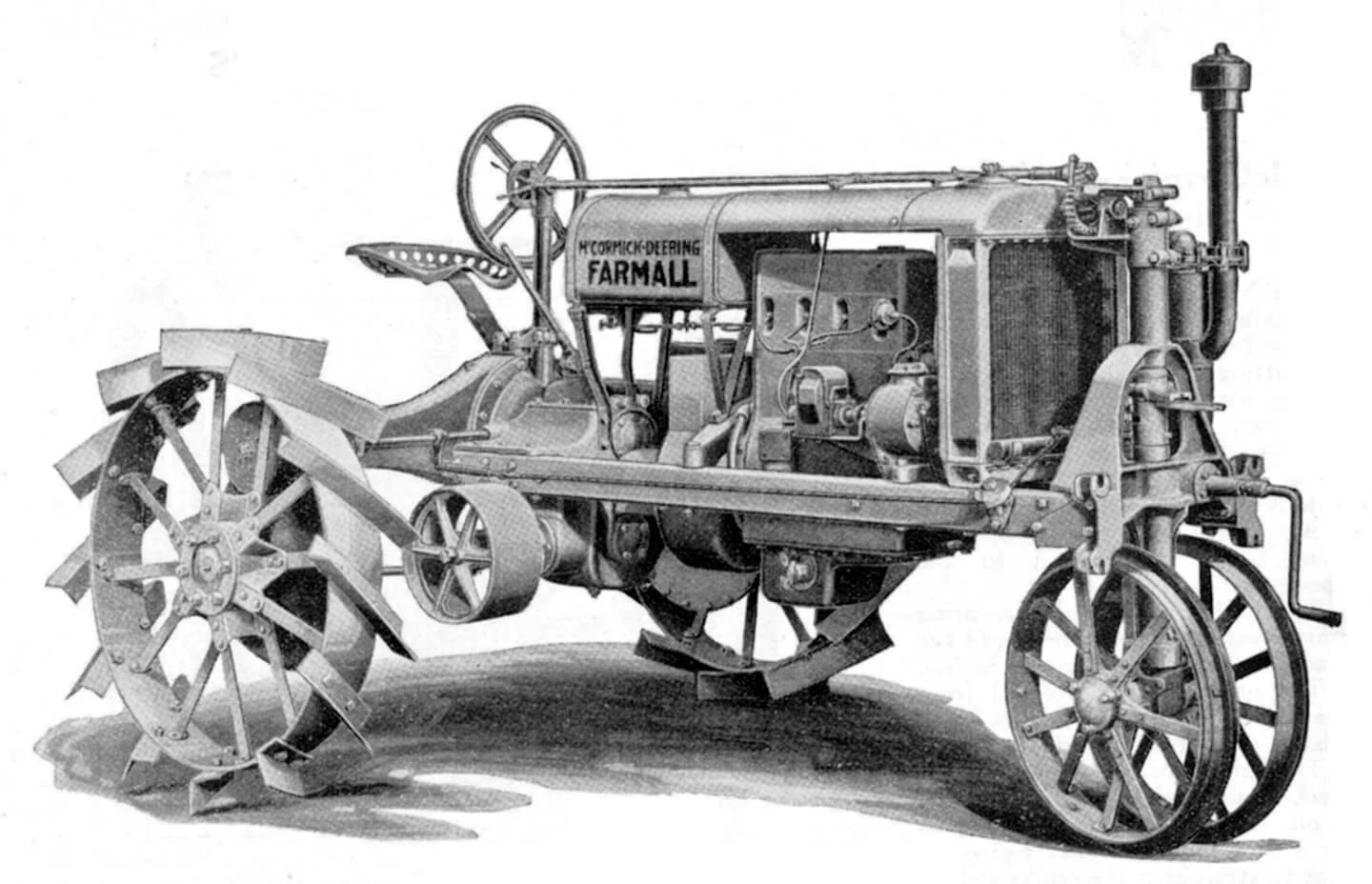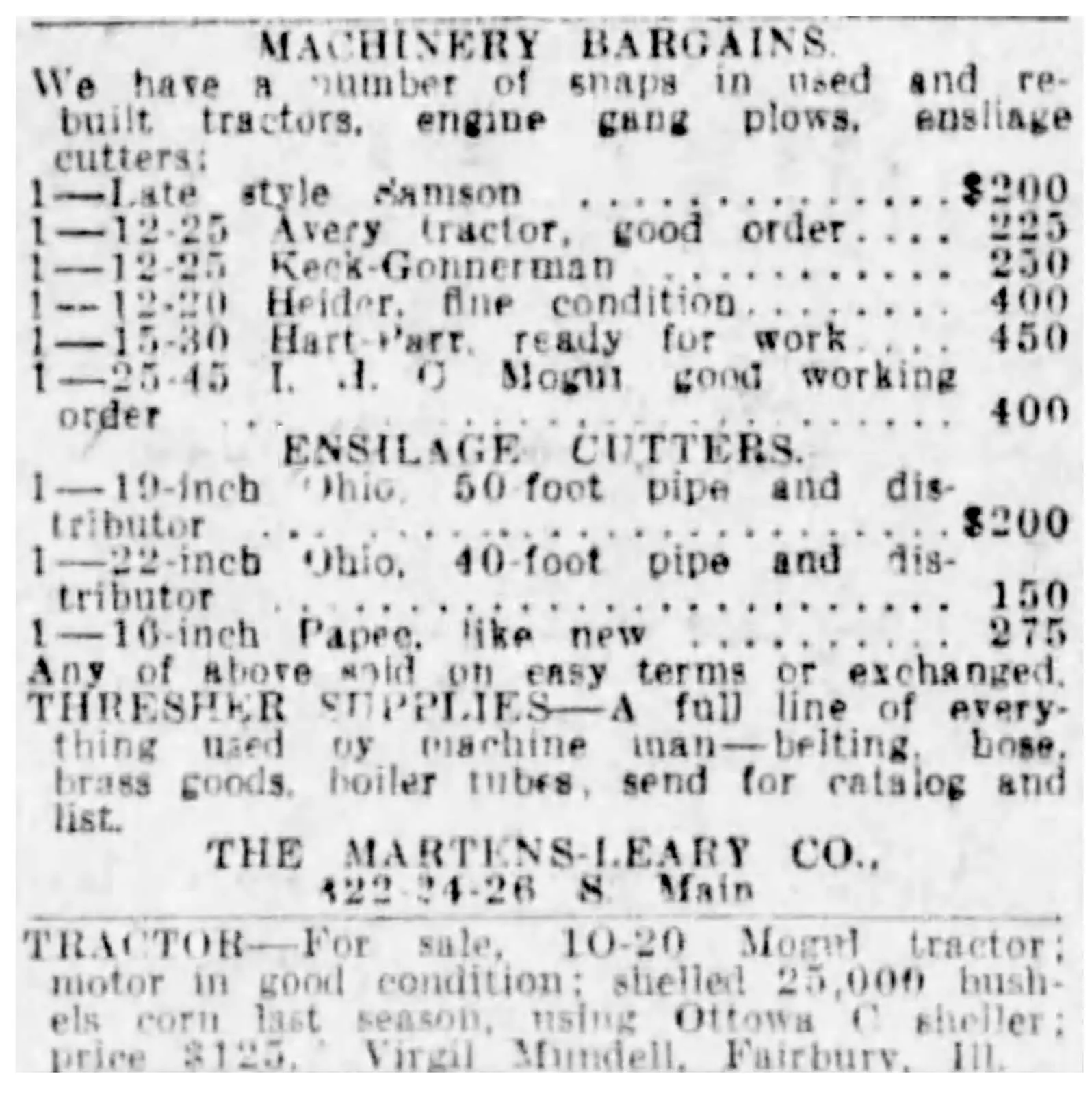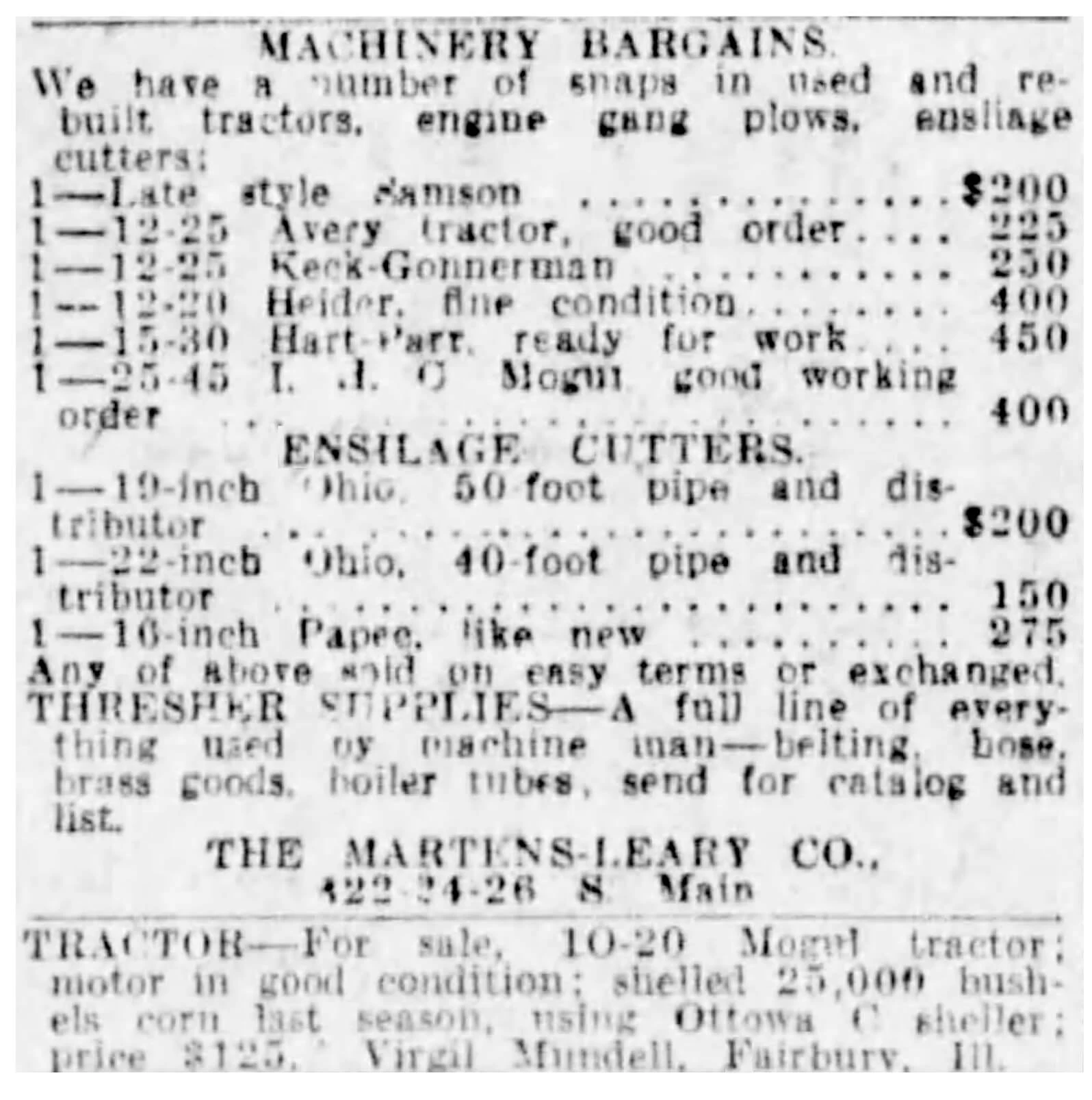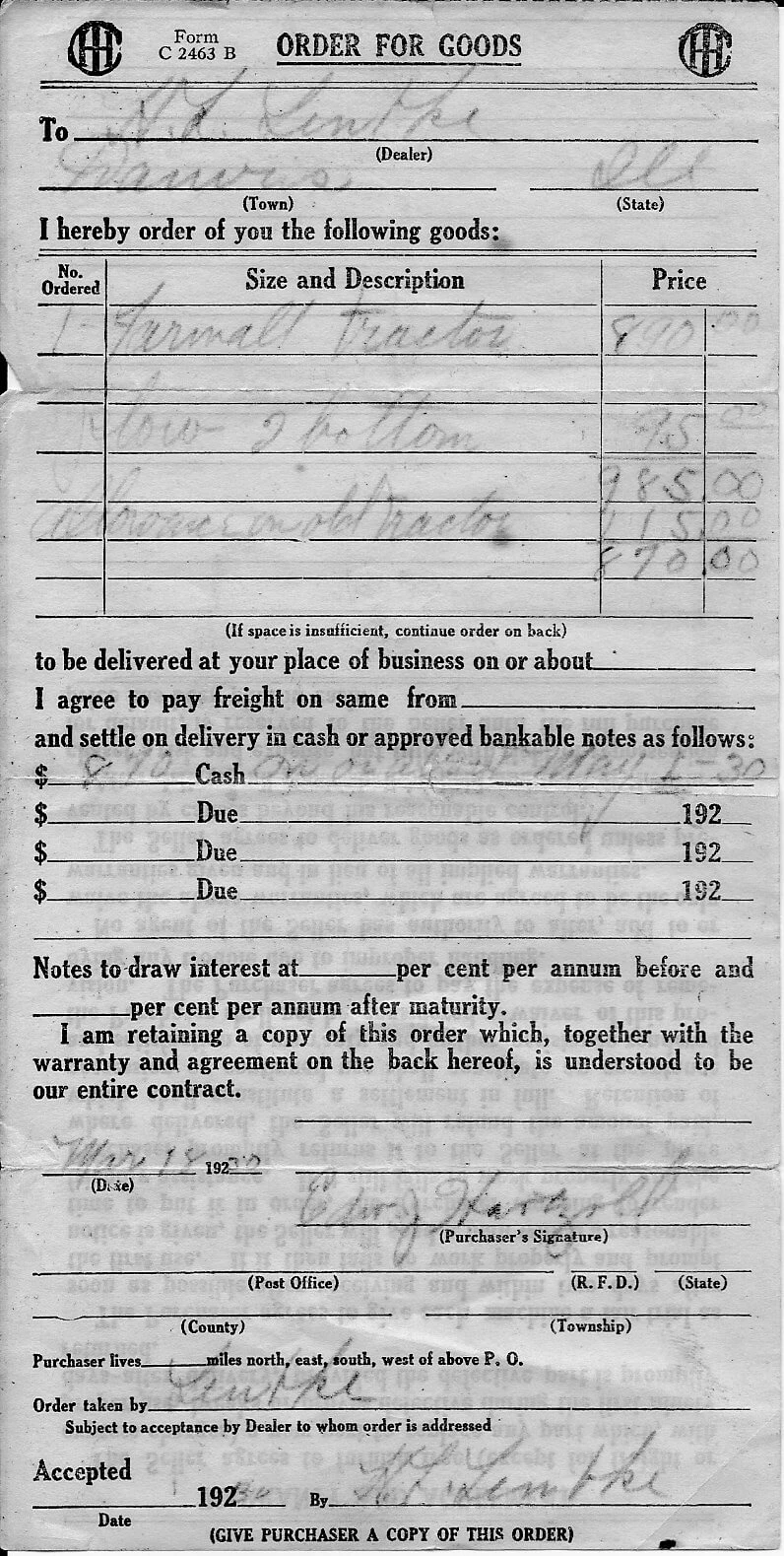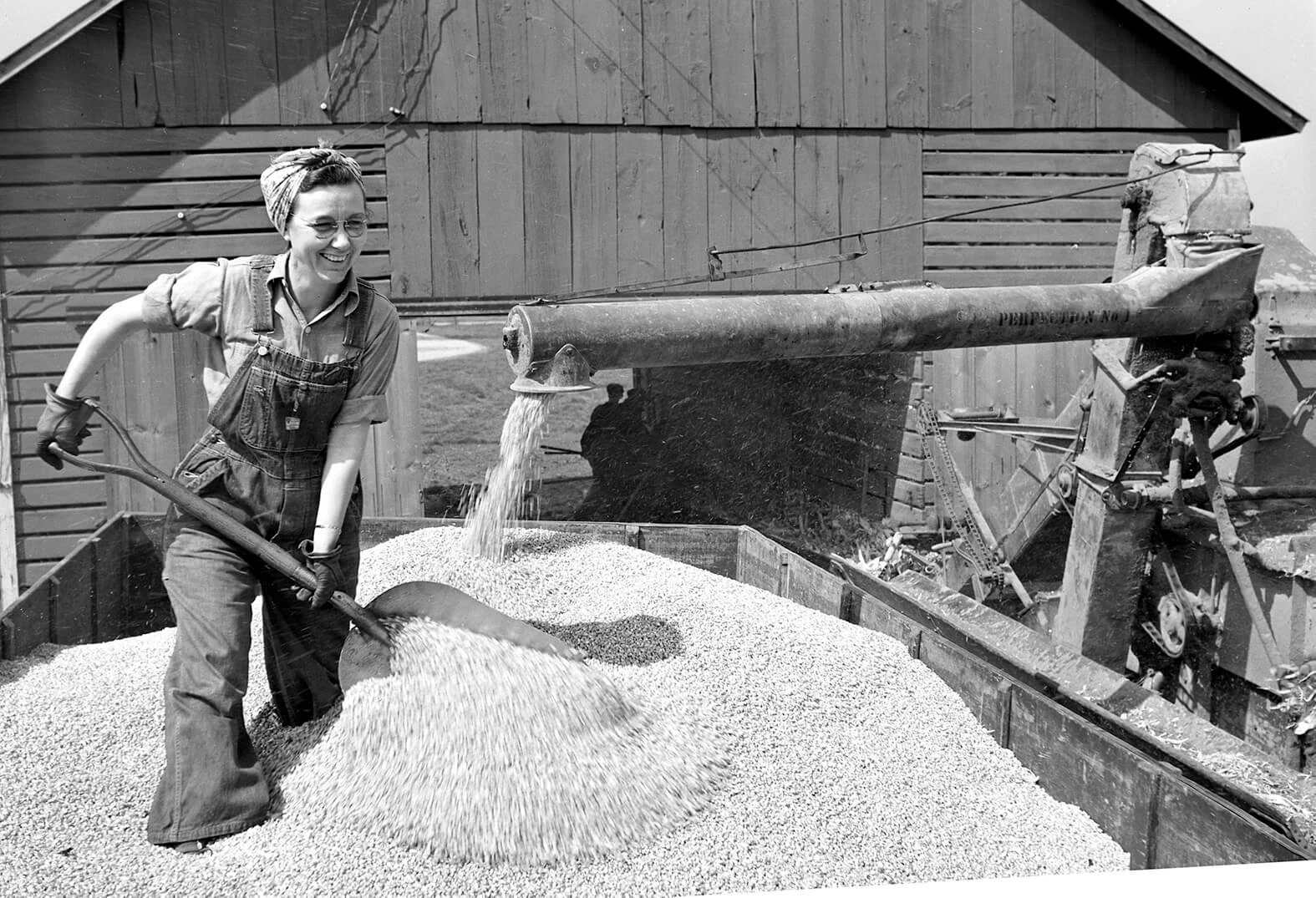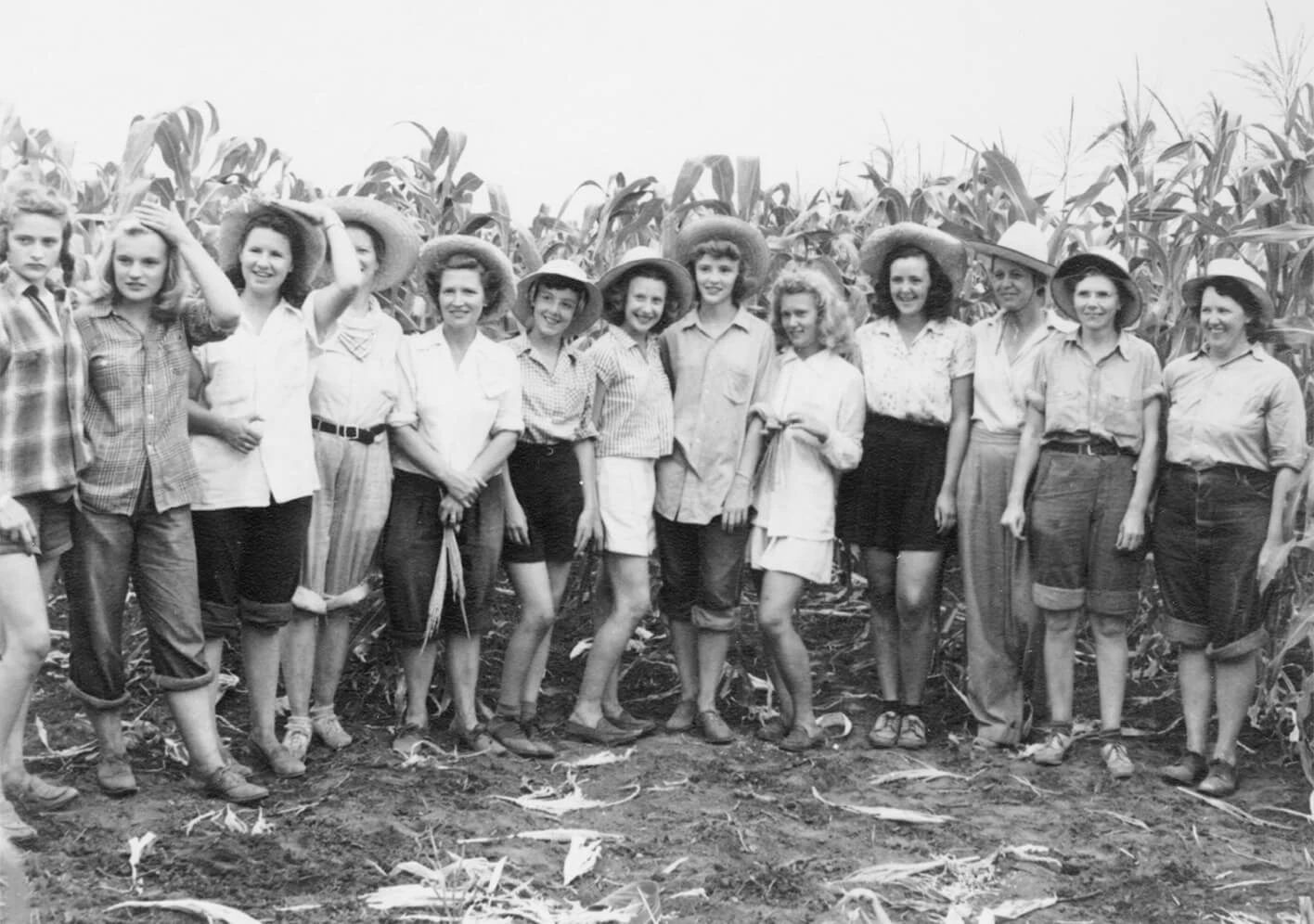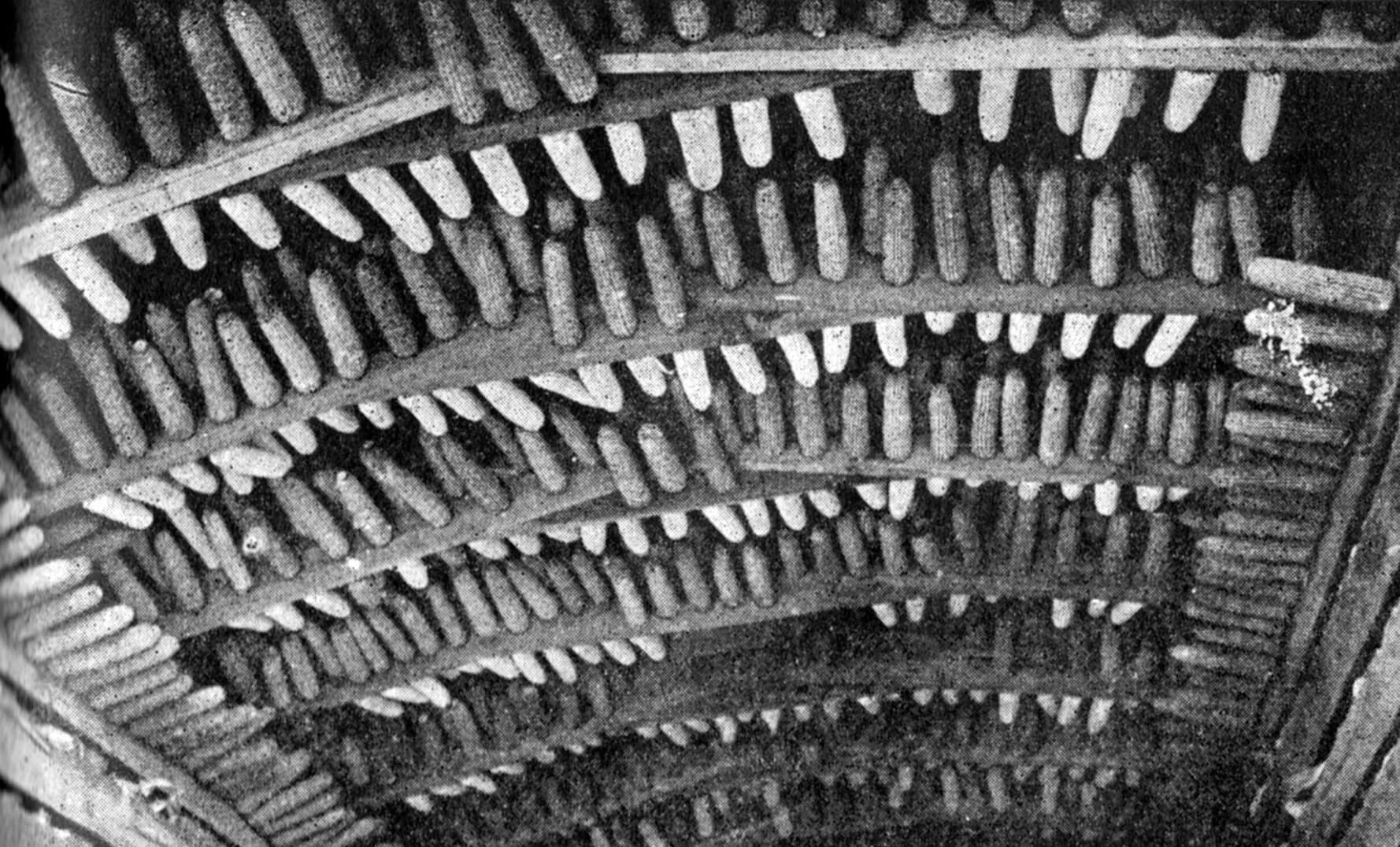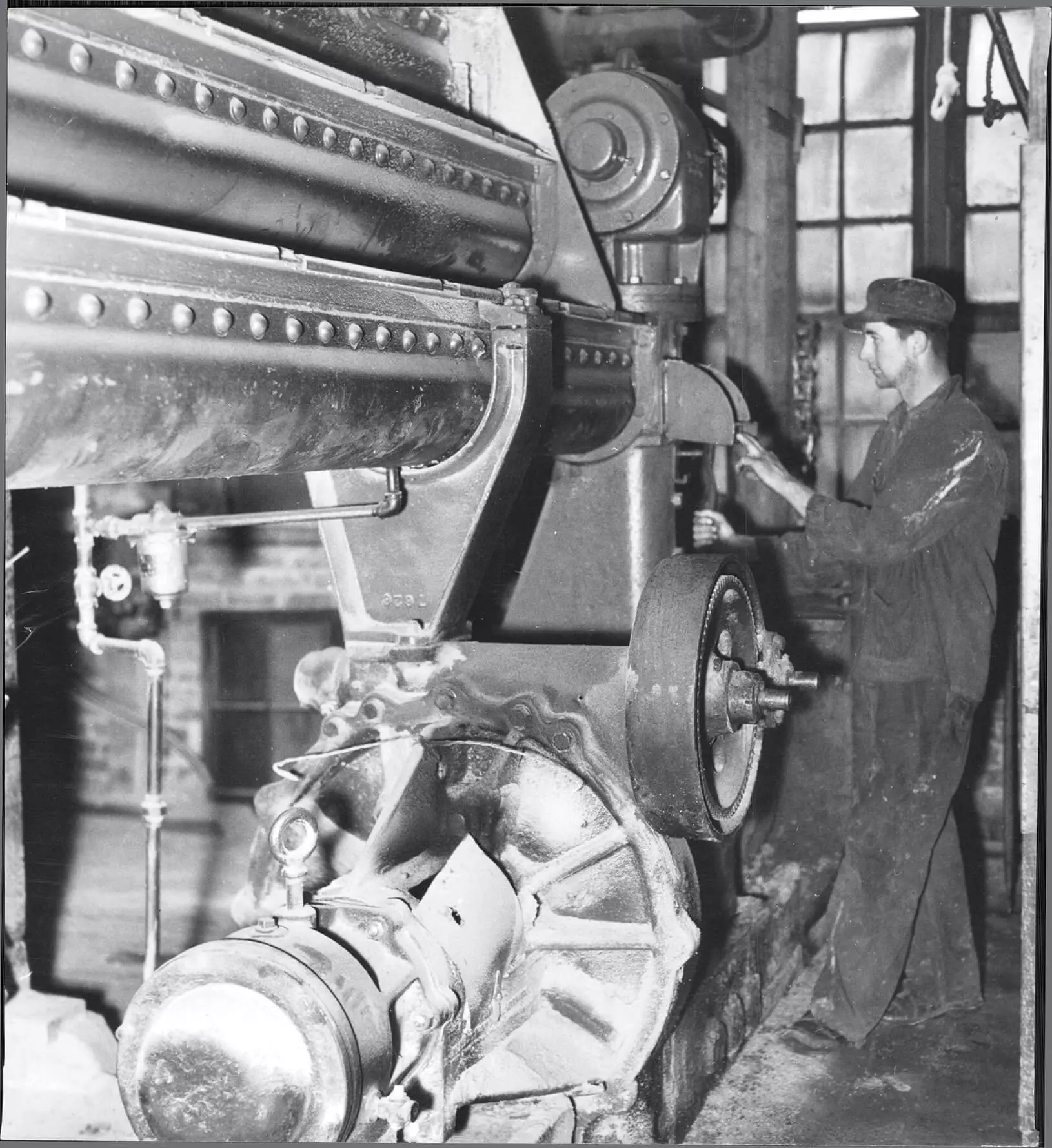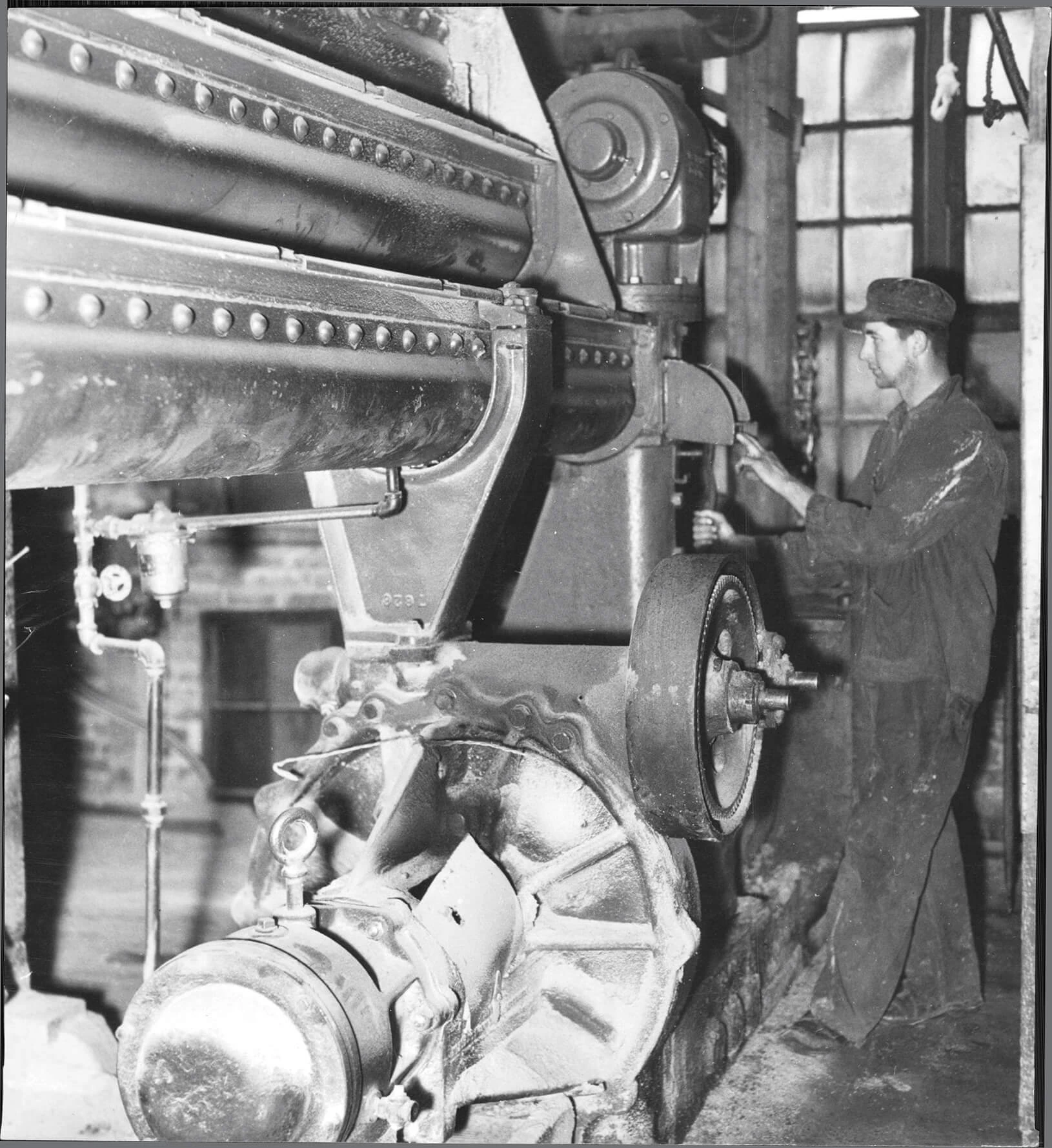Working the Land – 1900 to 1945: Tenants and Labor
At the turn of the 20th century, a typical tenant agreement was a 50/50 share.
Fifty percent of farm production, as well as the costs of seed and fertilizer, were shared, while landowners paid property taxes and the tenant supplied 100 percent of the labor and equipment.
The purchase of mechanized tools, like tractors and harvesters, increased equipment costs for the tenant farmer. But if he managed the farm well, the costs of labor and maintenance of animal power were reduced enough to balance out the cost of the machinery and increase his profits.
But not all crop share or cash rent agreements were fair and amicable.
Farm owners who did not do their part to keep their farms productive drained the farm of its resources.
According to Danvers farmer Grover C. Logan, “Many of our farms are being mined, not farmed.”
Logan believed that many tenant agreements forced good farmers off the farm — that unless the owner was willing to invest in the upgrade and maintenance of the land and its buildings, a $5 per acre rental fee plus half the production was unfair.
Labor shortages motivated some farmers to purchase labor reducing tractors and machinery — if they could afford to.
During the Great Depression, few farmers could afford to buy equipment. But those with cash in hand were able to purchase new or used equipment at “bargain” prices.
“We must look to power farming machinery for the solution of the farm labor shortage.”
— J.R. Howard, President , the American Farm Bureau Federation, 1920
Many women and girls stepped in to do farm jobs left vacant by men serving in the military during WWII.
Funks hired high school girls to complete the necessary task of de-tasseling corn.
Marjorie Thomas Taylor of Anchor worked as a grain hauler during WWII. She helped to get corn shelled and shipped.
When Funks offered its first commercial hybrid corn seed, some were quick to try it. Others had to face an extremely difficult year before they were willing to invest in hybrid corn.
Like many others, Anchor farmer Otto Mueller continued to plant the same utility corn every year — pulling from his harvest the ears with seed he would use the following year.
Walter Mears, a tenant farmer working the George Mecherle farm east of Bloomington, became a hybrid seed user shortly after Funks made them available. But not his neighbors.
In 1936, a year of terrific heat and one of the county’s worst droughts, Mears planted 30 acres of Funks new drought resistant corn. The crop yielded a certified 101 bushels per acre. This contrasted greatly with his neighbor’s yields of 20 to 30 bushels per acre, or yields so low that the crop was never harvested.
So much Funks hybrid seed was ordered the following year that it was hard to meet McLean County farmers’ demands.
In 1922 the Staley Manufacturing Company in Decatur installed a soybean mill – a market outlet for "all the beans that could be grown on 50,000 acres in the Illinois Corn Belt.” The following year Funks built a soybean crushing plant in Bloomington.
Profits soared for local soybean farmers because demand was high and they did not have to pay to ship the grain elsewhere for processing.
 Making a Home
Making a Home
 A Community in Conflict
A Community in Conflict
 Working for a Living
Working for a Living
 Farming in the Great Corn Belt
Farming in the Great Corn Belt
 Abraham Lincoln in McLean County
Abraham Lincoln in McLean County






